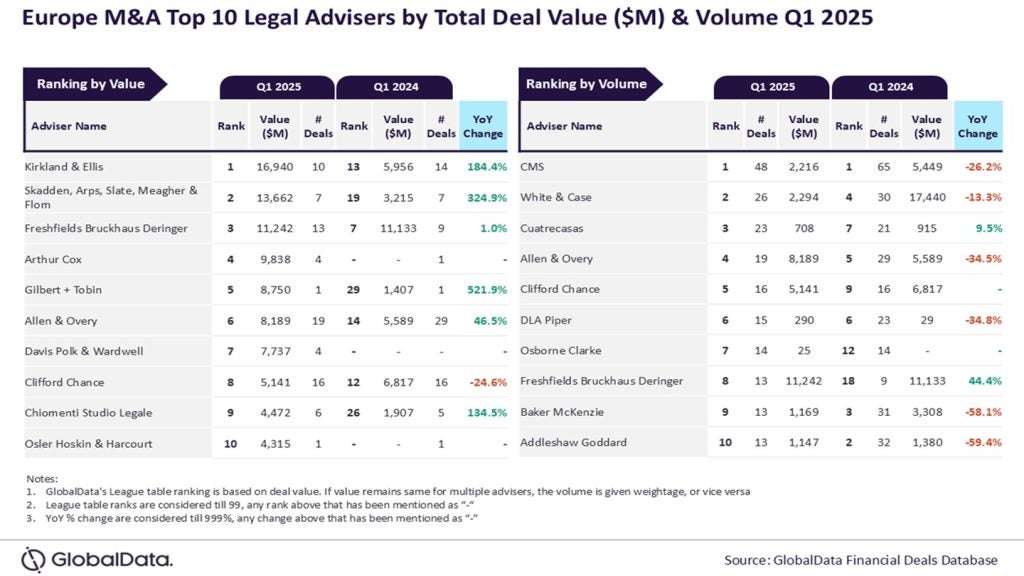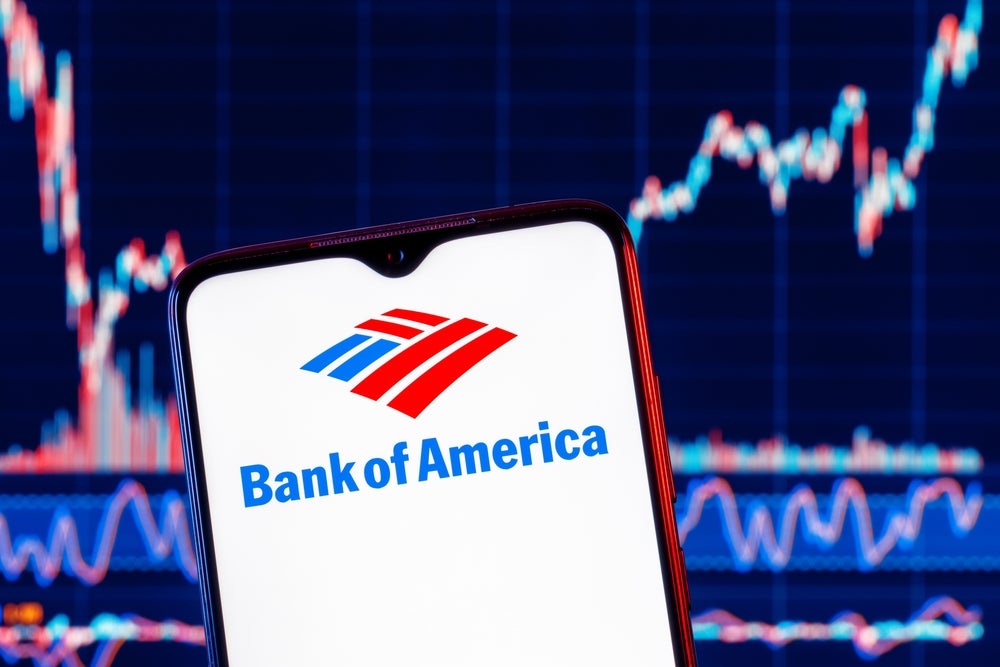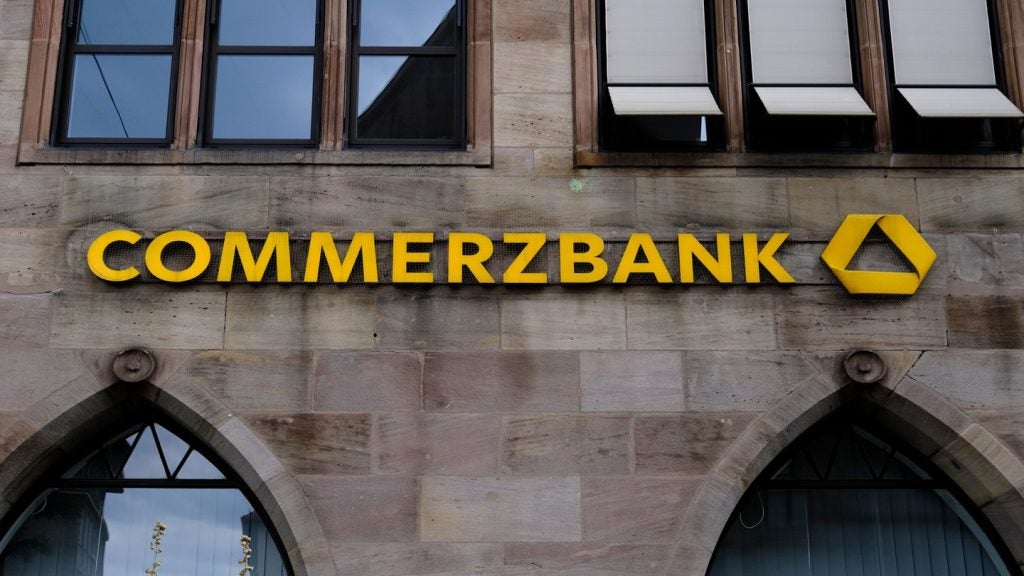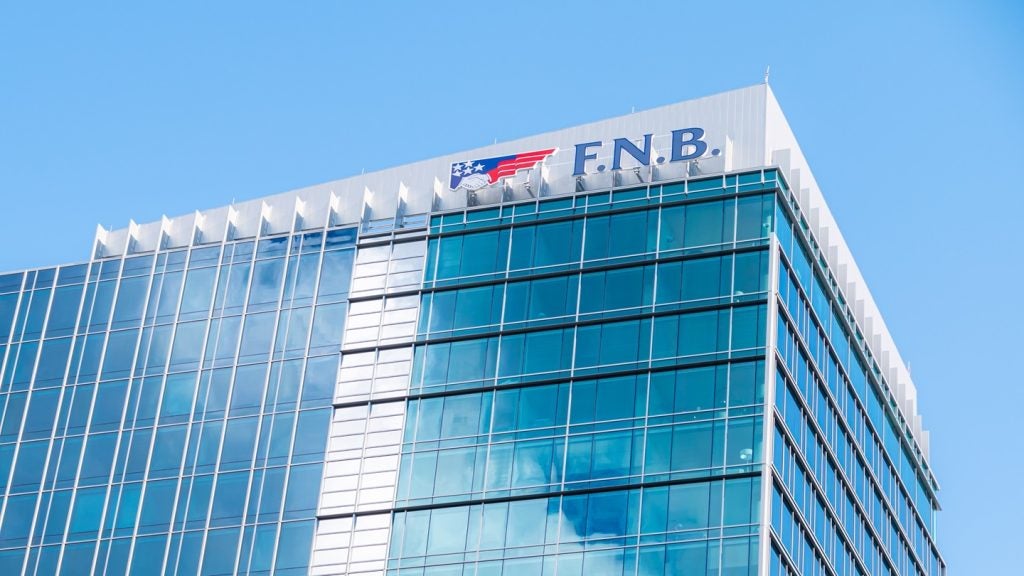Narayan Sivaram, VP and Regional Head of Cards and Payments at Infosys
Cash will still have a significant role to play in 2016: Money printer De La Rue has cut its global banknote production by two billion notes a year. Smart payment methods like contactless cards and Apple Pay are growing rapidly in popularity. Nonetheless, cash will not become extinct in 2016. The equivalent of trillions of pounds of cash are still in circulation across the world. According to Payments UK, over 18 billion cash payments were made in the UK alone during 2014. This represented 53 per cent of all transactions. With this in mind, there will have to be a seismic shift for customers to go completely cashless in 2016. However, this will not stop the creep towards cashless payments. Some 74.5 million contactless cards are in circulation in the UK, 41 per cent up on last year with no signs growth will slow down.
Growth in customers and their satisfaction will be a major priority for payment providers: Commissioned by Infosys, a recent report on the state of payments showed that 69 per cent of providers see gaining new customers as a priority for their digital strategies heading into 2016. In addition, 35 per cent stated that increasing customer satisfaction was a priority and 40 per cent are seeking to create a unified experience for customers. Digital technologies will help with this; 37 per cent of providers surveyed said that they will be using them to better understand customer dynamics whilst 40 per cent are using them to create faster transactions.
Companies will invest in cashless payment technologies to encourage customer trust: In 2016, security and trust will be high on the agenda for payment providers. As providers seek to fulfil their objective of gaining new customers in 2016, they will also invest in fraud prevention. This will be especially important as contactless payments can leave users open to fraud, as shown by Which. Therefore, in 2016 it will be important for providers to secure customer trust by investing in technologies which protect them from losing money to fraudsters. As they seek to gain trust, payment providers will also look to other innovative ways to protect consumers. According to the cards and payments report commissioned by Infosys, almost a third said they plan to invest in biometric authentication systems whilst 37 per cent saw data-driven analytics as a way forward for fraud management.
Digital commerce will lead the way in terms of electronic payments: Emerging payment acceptance form factors (the Internet of Things, smartphones, wearables), wallets (Apple Pay, Android Pay, Samsung Pay, PayPal, Merchant Customer Exchange [MCX] and the need to secure payments from fraud are forcing merchants to move to a more flexible and modern architecture. Yet business-to-business (B2B) payments are currently lagging behind their consumer counterparts. Almost two thirds of payments are still paper based, according to Infosys’ report. In 2016, B2B payment providers will start to take the lead from e-commerce vendors to drive the digitalisation of B2B transactions. They will incentivise digital payments and develop new revenue-generating systems for liquidity management and financial supply chain integration. This will drive end-to-end automation and create efficiency savings.
Tim Difford, Digital Solutions Director and UK Head of Innovation, Sopra Steria
It’s been a tumultuous year for the banking industry, with many big changes afoot for 2016. Here are my top two highlights from 2015 – and some thoughts on how they might play out in the New Year:
1. The Blockchain: One of the biggest – and most talked about – developments was the sea-change in banks’ attitude towards the Blockchain. We entered the year with continued wariness around the threat presented by the technology with crypto-currencies like Bitcoin looking like they might disrupt the entire industry, and not in banks’ favour. Yet what we saw instead was an increased willingness to explore the concept. A number of UK and global players in the banking industry are now investing significantly in the technology. They have moved beyond initial caution in recognition that this could in fact be revolutionary – with the long term potential to replace a lot of very expensive core banking infrastructure with a more lightweight, distributed method of assuring trust, and as a result removing legacy IT costs. This has been a big shift in attitude, and we expect that there will be an escalation of investment in 2016 as further experimentation takes place the true impact of the Blockchain continues to unfold.
2. Digital-only banks hit the market: We’ve seen continued change in the banking landscape driven by a combination of new entrants into the market and new ways of utilising digital technologies. Banking licenses were given to two new entrants determined to make their mark by offering ‘digital-only’ services: Atom Bank and Tandem. By offering products and services which lend themselves to delivery through digital channels, these two banks appear to be looking to take on traditional end-to-end high street banks, without the need for vast distribution networks and legacy banking platforms. Using digital technologies to focus on a specific customer-oriented niche within retail banking, could allow them to differentiate themselves from the major players. It will be interesting to see how they capitalise on this digital advantage as they bring their services to market in 2016.
Travers Clarke-Walker, Chief Marketing Officer, International Group, Fiserv
The past year has seen a number of changes in the UK retail banking sector with highlights like the increasing uptake of new technologies, such as contactless payments, and the launch of new challenger banks. In 2016, we can expect to see the disruption of the financial services industry continue as new players enter the system and begin to seek customers by offering innovative approaches to financial services.
1. The rise of alternative finance options
Recent Fiserv research conducted in partnership with the Centre for Economics and Business Research (Cebr) highlights the coming shifts in the industry. Since the global financial crisis, small and medium enterprises (SMEs) have been challenged to find funding to fuel their business growth. Today, alternative financing options such as peer-to-business (P2B) lending and crowd-funding are rapidly becoming popular to cater to the growing demand. These sources of alternative finance are projected to be worth £12.3 billion a year by 2020 in the UK. Additionally, the research found that UK credit union assets are projected to hit £2.2 billion by 2020, supporting an estimated £1.3 billion in loans to members.
As alternatives to conventional sources of finance emerge and become more well-known, we can expect to see accelerated uptake of these services, be they based around P2B, crowdfunding options or credit unions. For all financial institutions, there will be a significant opportunity to innovate with their own new products or to partner with start-ups and alternative lenders.
2. Starting your own bank
It’s all very well to offer projections of growth of new businesses in the financial services industry, but how easy is it to actually embark on building your own bank?
The answer is that in some ways, it is easier than ever to start a bank, and we can expect to see more launches in 2016. Two developments are having a positive impact: George Osborne’s recent vow to increase retail banking competition by issuing 15 new banking licenses in the next five years, and the UK Competition and Markets Authority (CMA) investigation into the retail banking services available to small and medium enterprises (SMEs) and consumers.
If you match this with the amount of growth happening in the Fintech sector, there is an optimistic outlook for UK banking and opportunities for new market entrants, provided they ensure that they take factors such as market trends, regulations, opportunities for collaboration and technological innovation into account.
3. Tapping into innovation
The fintech sector is increasingly driving the disruption of the financial services market. Start-ups are the key players here, but the issue for financial institutions is how to tap into the ecosystem of rapid innovation and change that exists within the start-up community. Financial institutions are often held back by rigorous procurement processes and compliance requirements that hinder or prevent contracts being drawn up.
It is here that larger technology companies that know both the start-up industry and have the scale and knowledge to work with banks can come into their own. Large fintech players could operate as a kind of App store, offering curated access to the latest technologies as they become available, rapidly delivering innovative products to large numbers of consumers.
2016 and beyond.
Fundamentally, the next few years will continue to be exciting for the financial services industry. New technologies and changing customer demands will alter the face of the industry, with established banks rubbing shoulders with nimble, smaller providers offering specialist services to businesses and consumers. For those that can adapt quickly, the prize will be increased customer engagement and a place at the forefront of a revitalised industry.
Ari Haque, Consultant at Capco
January 1st 2016 will mark three years since RDR came into effect. One of the principal effects of this legislation was to change pricing structures in financial advice, moving away from commission fee pricing models where financial advisors provided ‘free’ financial advice but received a commission for recommending a particular product to the customer. This left the so-called ‘advice gap’ in the market: customers who previously received ‘free’ advice and were no longer willing to pay for it.
Robo-advice
In 2015, we have seen the rise of one of the solutions that may partially seal this advice gap: robo-advice. Financial advice provided not by an individual, but instead by using an algorithm to recommend a product to the customer. This type of service has become increasingly popular in the UK, with services such as Nutmeg and Money on Toast receiving media attention.
The main draw of the service has been to ‘democratise’ financial advice, that is to say, make it available to those who previously may not have been able to afford it, by removing the high cost of human-based financial advice from eating into returns and consequently making financial advice affordable to the mass affluent market.
How effective has the model proved? Nutmeg has a modest customer base. Having posted a loss in 2013 and 2014, Nick Hungerford, the CEO, targeted a customer base of 100,000 by end of Q2 2015. It is not yet clear whether the firm has reached this target, but it reportedly intends to provide face-to-face advice in addition.
Does this move towards the traditional model of advice indicate that the hype about robo-advice has died down through 2015?
The behaviour of other wealth management providers would indicate not: the trend has been towards providing robo-advised solutions.
In 2015, we saw a range of providers seeking to capitalise on the success of robo-advice offerings, in the hope of grabbing a slice of the pie. This isn’t surprising, with global assets-under-management of robo-advisory services projected to reach $20bn globally by the end of 2015, or $450bn by the end of 2020, according to MyPrivateBanking.
Notable highlights include BlackRock’s purchase of the San Francisco based robo-advice startup, FutureAdvisor. In the UK, LV have purchased a majority stake in Wealth Wizards, while Investec are set to launch a new service to rival Nutmeg.
Changes in the UK’s pensions industry indicate that a move into the robo-advice space is a sound bet. Enhanced pension freedoms mean more pensioners wanting advice on how best to invest their pension pot. However, more providers moving in this direction means inevitable increased scrutiny from the regulators. European regulators published a report on the 4th December this year indicating concerns about consumer understanding of advice provided by automated service, in addition to data privacy concerns.
What will we see in 2016?
While enhanced regulation may make some providers wary about moving into the robo-advice space, it could also finally make the solution as popular as it’s been vaunted to be. Addressing concerns about how the solution works and the risks (and benefits) of a robo-advised solution versus traditional advice models may increase understanding and consumer trust, eventually leading to more customers.
Additionally, the trend towards disintermediation – and consumer expectation of the same level of digital offering from financial services as they see in other industries – is likely to continue. Robo-advice, as a solution that is often provided direct to consumer through a digital interface, is tailored to and set to benefit from that trend. In summary, we predict a rise in the number of consumers opting to use robo-advice, and an increase in the number of service providers vying for their attention.







